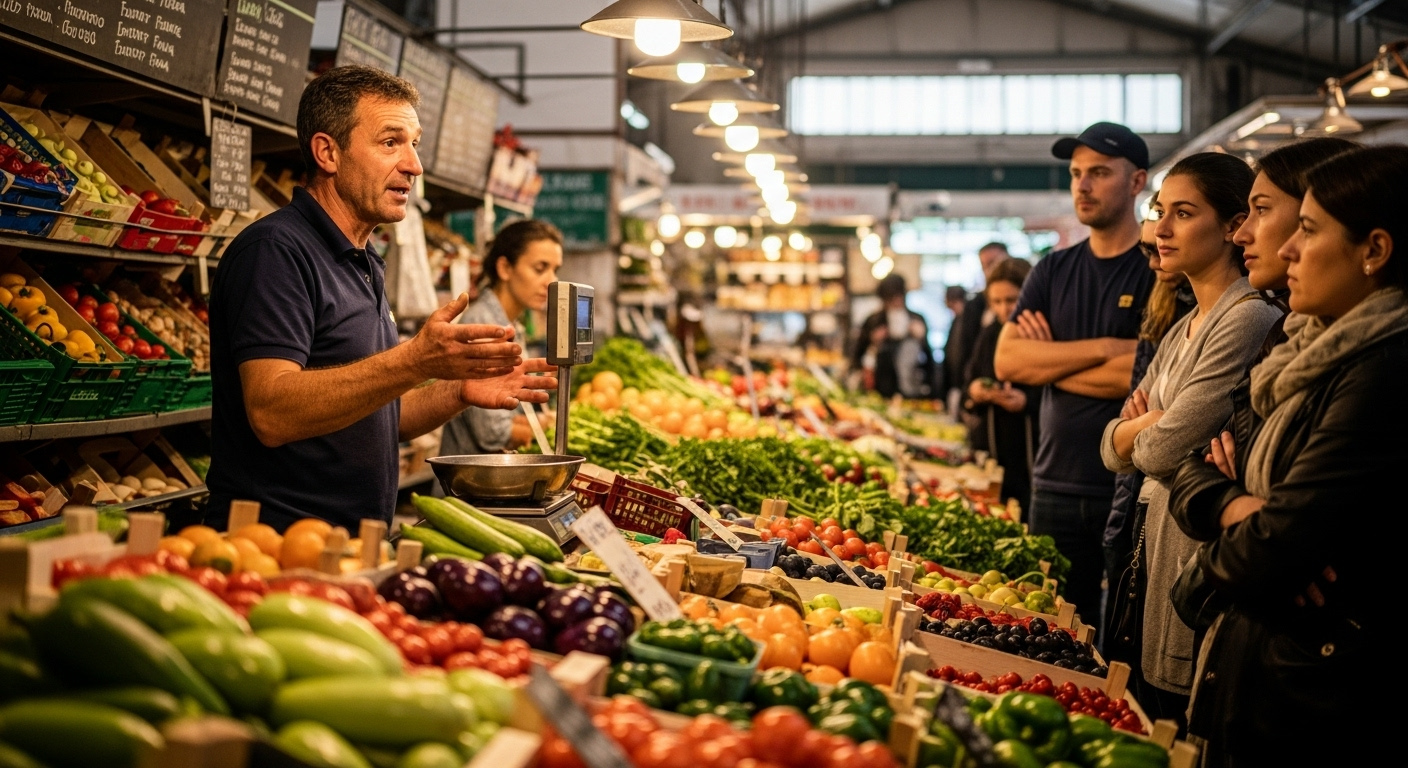Unveiling the Allure of Culinary Tourism: A Delectable Journey for Food Lovers
First paragraph: Culinary tourism, a fascinating blend of travel and gastronomy, is an emerging trend captivating food enthusiasts and globetrotters alike. Tracing its origins back to the ancient Romans, who were known to travel for gastronomic pursuits, today this trend is experiencing a renaissance. From food trails to cooking workshops, culinary tourism offers an immersive experience that transcends typical sightseeing, making it a must-try for any avid traveler.

Culinary Tourism: A Rich History and Modern Revival
The roots of culinary tourism can be traced back to ancient times when Romans traveled far and wide to satiate their taste buds. Over time, the practice evolved, and in the 19th century, culinary tourism became a significant part of the European Grand Tour. Today, fueled by the global food revolution and the rise of food media, culinary tourism is experiencing a resurgence, with travelers seeking immersive gastronomic experiences that offer insights into the culture, traditions, and history of the places they visit.
The Current Culinary Travel Trend: Beyond Just Dining
Culinary tourism now goes beyond merely dining at renowned restaurants. Travelers engage in food trails, cooking classes, local market tours, and farm visits. This trend reflects a shift in travelers’ attitudes, with a growing emphasis on experiential travel. As per a recent study by the World Food Travel Association, 93% of travelers can be considered ‘food tourists’, reflecting the rising popularity of culinary tourism.
The Impact of Culinary Tourism: Benefits and Challenges
Culinary tourism significantly contributes to local economies and aids in preserving traditional food cultures. It also plays a pivotal role in sustainable tourism by supporting local produce and businesses. However, it’s not without its challenges. Over-tourism can strain resources, and the commodification of traditional food can dilute authenticity. Hence, responsible culinary tourism is crucial to preserve the integrity of local food cultures.
Practical Applications: How to Embark on a Culinary Adventure
Interested in joining the culinary tourism trend? Here are some practical steps:
-
Research local food traditions and delicacies of your chosen destination.
-
Engage in food experiences like cooking classes or food tours.
-
Visit local markets and farms to understand the source of the food.
-
Always respect local customs and traditions.
While culinary tourism provides an exciting dimension to travel, it’s vital to practice it responsibly to ensure the preservation of local food cultures.
A Gourmet’s Delight: Interesting Facts About Culinary Tourism
-
France, Italy, and Spain are considered the top destinations for culinary tourism.
-
Cooking classes and food tours are the most popular activities among culinary tourists.
-
The Peruvian government has a dedicated Gastronomy Promotion Plan to attract food tourists.
In conclusion, culinary tourism offers travelers a delectable journey into the heart of a destination’s culture. While it provides a unique travel experience, it’s essential to approach it responsibly to ensure the preservation of local food cultures. As an emerging trend, culinary tourism has the potential to redefine travel experiences, transforming tourists into cultural ambassadors, one bite at a time.




